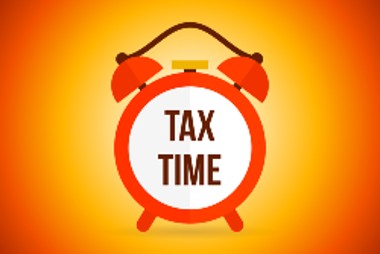Understanding Your Australian Tax Residency
If you’re moving to Australia, leaving the country, or spending time abroad, knowing your tax residency status is crucial. It determines which income you must declare, what deductions you can claim, and your overall tax obligations with the Australian Taxation…










